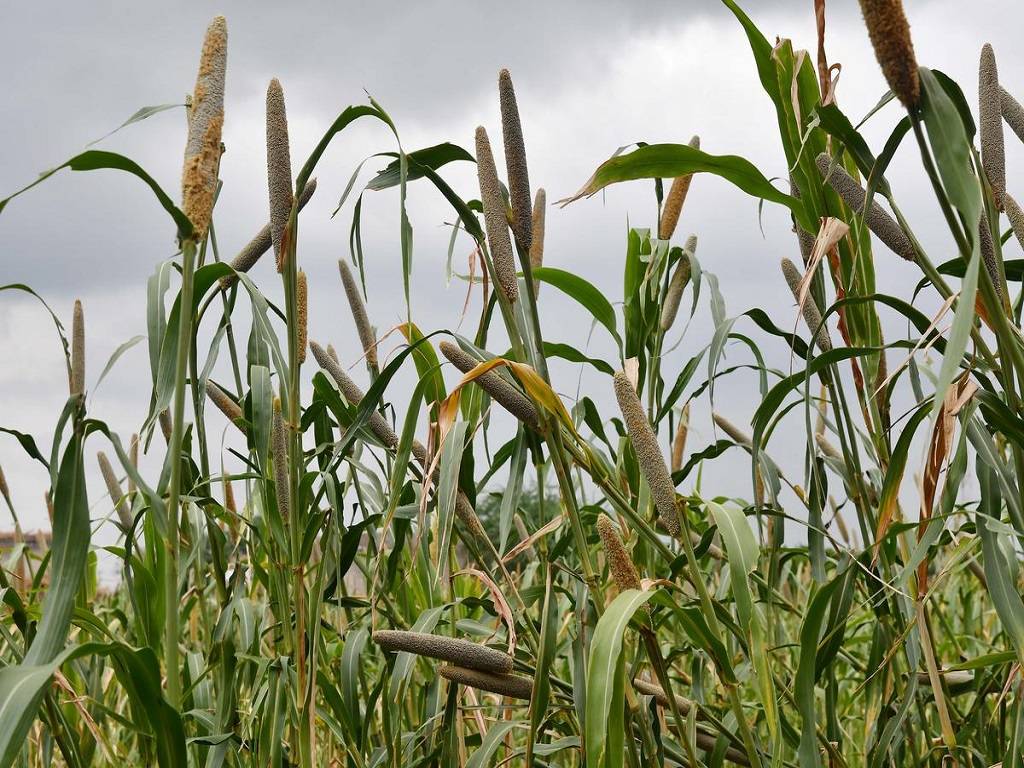
The Food Safety and Standards Authority of India (FSSAI) has recently introduced a comprehensive group standard for millets in India, which will be enforced from September 1 onwards.
The group standard for millets enforced by the FSSAI includes guidelines for eight quality factors, which consist of setting limits for moisture content, uric acid content, extraneous matter, other edible grains, defects, weevilled grains, and immature and shriveled grains. The aim of the standard is to ensure the availability of good quality (standardized) millets in domestic and global markets.
Millets have been an important part of the Indian diet for centuries and are known for their nutritional benefits. They are gluten-free, making them a good alternative to wheat for people with celiac disease or gluten intolerance. They are also low in glycemic index (GI), which means they help regulate blood sugar levels and are beneficial for people with diabetes. Millets are rich in dietary fiber, which aids in digestion, and are a good source of micronutrients like calcium, iron, and phosphorus.
In order to promote the production and consumption of millets, millets were rebranded as 'Nutri Cereals' in April 2018 and the year 2018 was designated as the National Year of Millets in India. In March 2021, the United Nations General Assembly declared 2023 as the International Year of Millets (IYOM 2023). This provides an opportunity to increase global production, efficient processing and better use of crop rotation and promote millets as a major component of the food basket.
While individual standards for some millets, such as sorghum (jowar), whole and decorticated pearl millet grain (bajra), finger millet (ragi), and amaranth, are already prescribed in the Food Safety and Standards (Food Product Standards and Food Additives) Regulations, 2011, the comprehensive group standard for 15 types of millets will help to further enhance their quality and availability.
The new comprehensive group standard for millets in India, along with the recent designations of 2018 as the National Year of Millets in India and 2023 as the International Year of Millets, are aimed at promoting the production and consumption of millets globally.
Millets are known for their nutritional benefits, including being gluten-free, low in glycemic index, rich in dietary fiber and micronutrients, making them an important component of a healthy diet.









